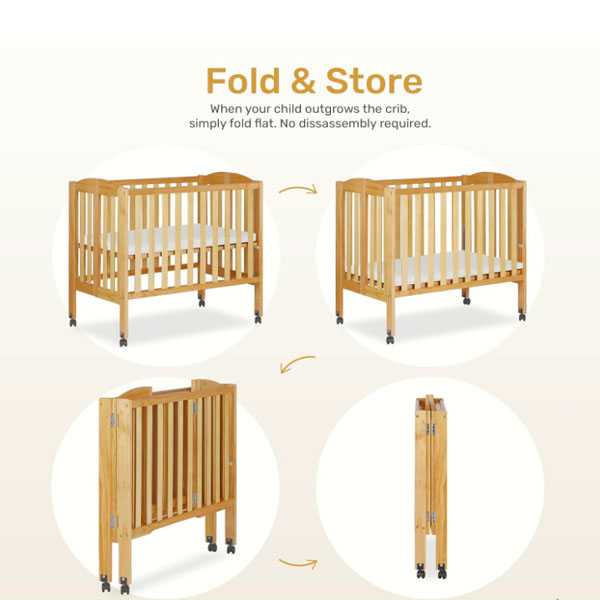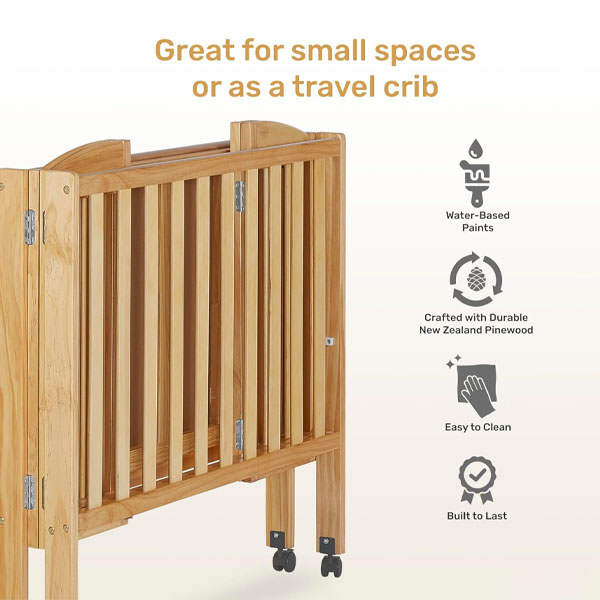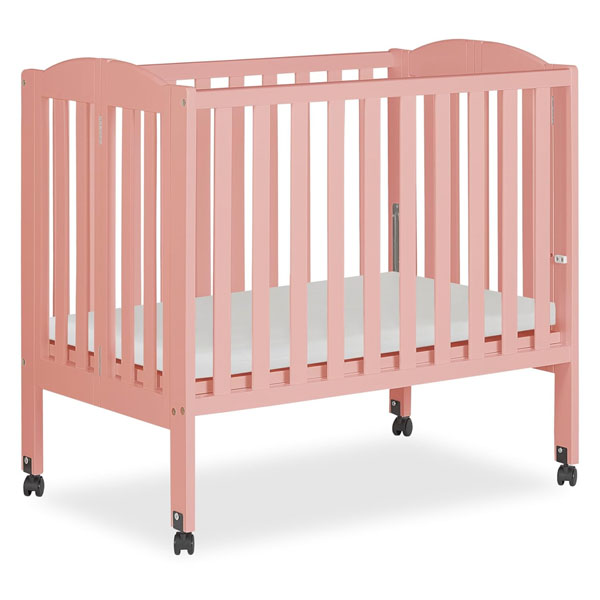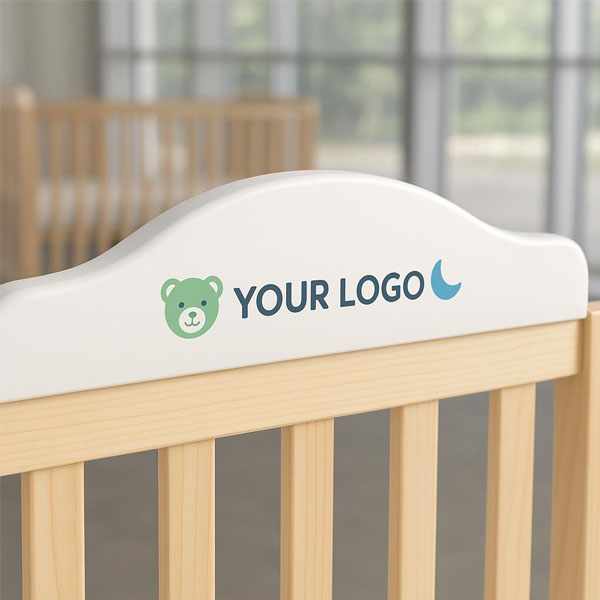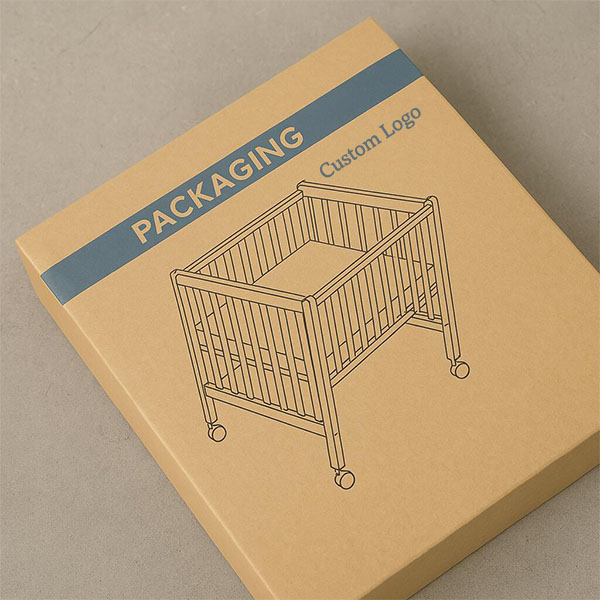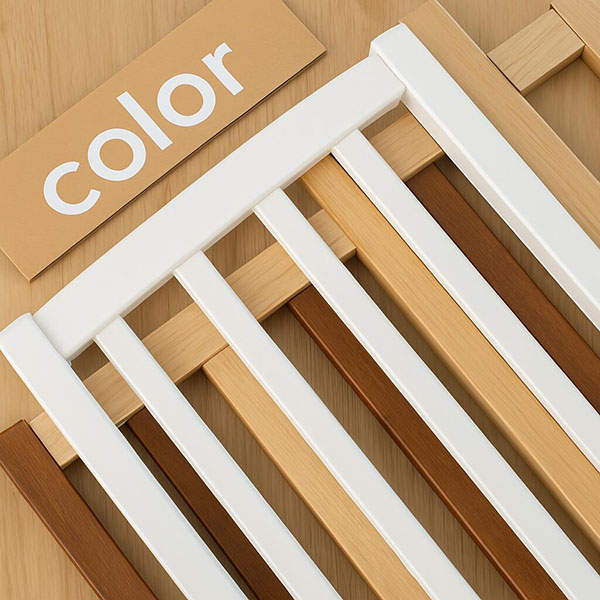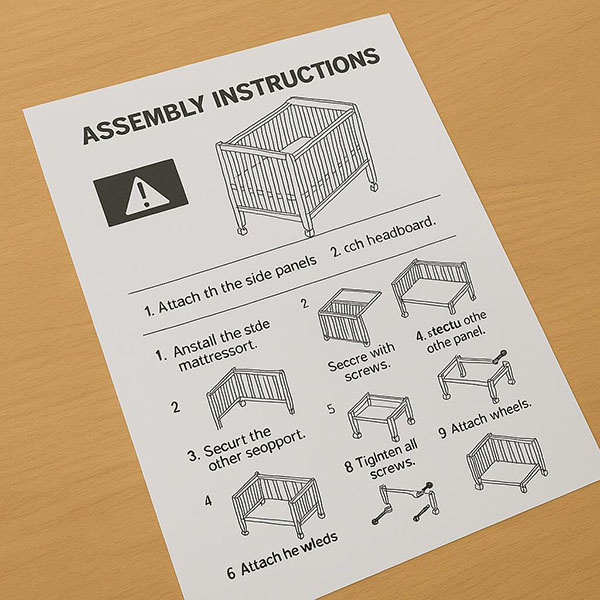How to Get Your Baby to Sleep in the Crib After Co-Sleeping?
Moving your baby from your bed to the crib can feel overwhelming—for both of you. You’re not alone if you’re wondering how to make the switch without tears or chaos.
To get your baby to sleep in the crib after co-sleeping, create a consistent bedtime routine, gradually transition with short naps, and offer comfort in the crib until they adjust.

The process takes time, patience, and small steps. This guide walks you through how to ease the transition while supporting your baby’s need for security and sleep.
When should you stop co-sleeping?
Timing matters, but it’s about readiness—not age alone.
Most parents move babies from co-sleeping to crib between 6–18 months, based on sleep disruption, safety, or personal needs.
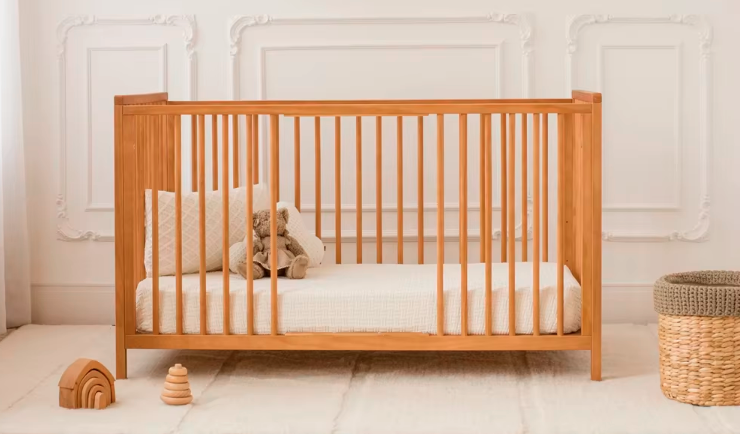
Signs it’s time to transition
You may want to consider the crib if:
- Baby’s movement disrupts your sleep
- They’ve outgrown your bed space
- You’re worried about rolling or safety
- Your baby wakes frequently looking for comfort
We transitioned around 9 months after our son started crawling in his sleep—and smacking me in the face nightly. That was our cue.
| Age Range | Transition Notes |
|---|---|
| 6–9 months | Easier to adapt, fewer habits |
| 10–15 months | May need more gradual process |
| 18+ months | Stronger attachment, slower shift |
How do you prepare your baby for crib sleep?
You can’t just drop them in and hope—they need time to adapt.
Prepare by creating a consistent routine, making the crib familiar, and building comfort in the new space before full nights.
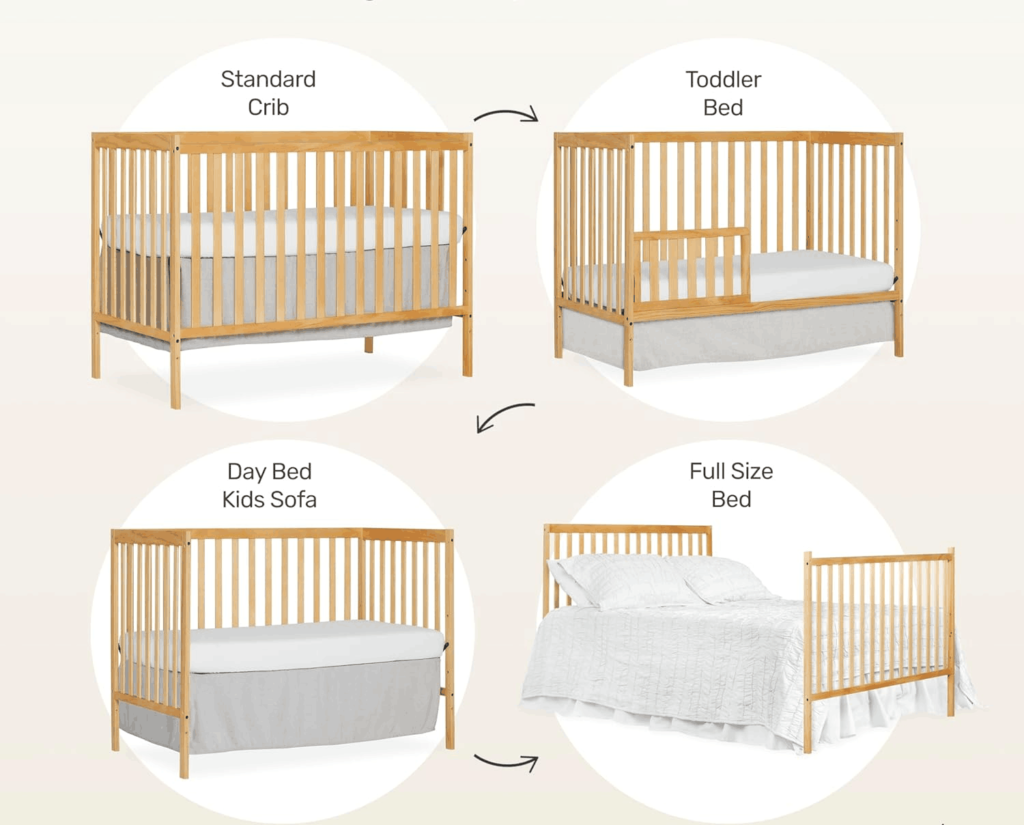
Set a bedtime routine
Start with a short, predictable routine that calms your baby and signals it’s time to sleep. Ours looked like this:
- Bath
- Pajamas
- Book
- Lullaby
- Lights out
Repeat the same order every night to build anticipation and comfort.
Make the crib feel familiar
Your baby is used to the smell, warmth, and closeness of your bed. You can:
- Warm the crib mattress slightly before placing them in
- Sleep with the crib sheet for a night so it smells like you
- Use a wearable blanket or sleep sack for consistent comfort
Start with naps in the crib to introduce the space gradually. Then try the first stretch of nighttime sleep in the crib, moving back to your bed only if needed.
What methods help babies adjust to the crib?
There’s no one-size-fits-all, but a gradual method is often best after co-sleeping.
Use a step-by-step process like the fading method or pick-up-put-down technique to ease the crib transition.
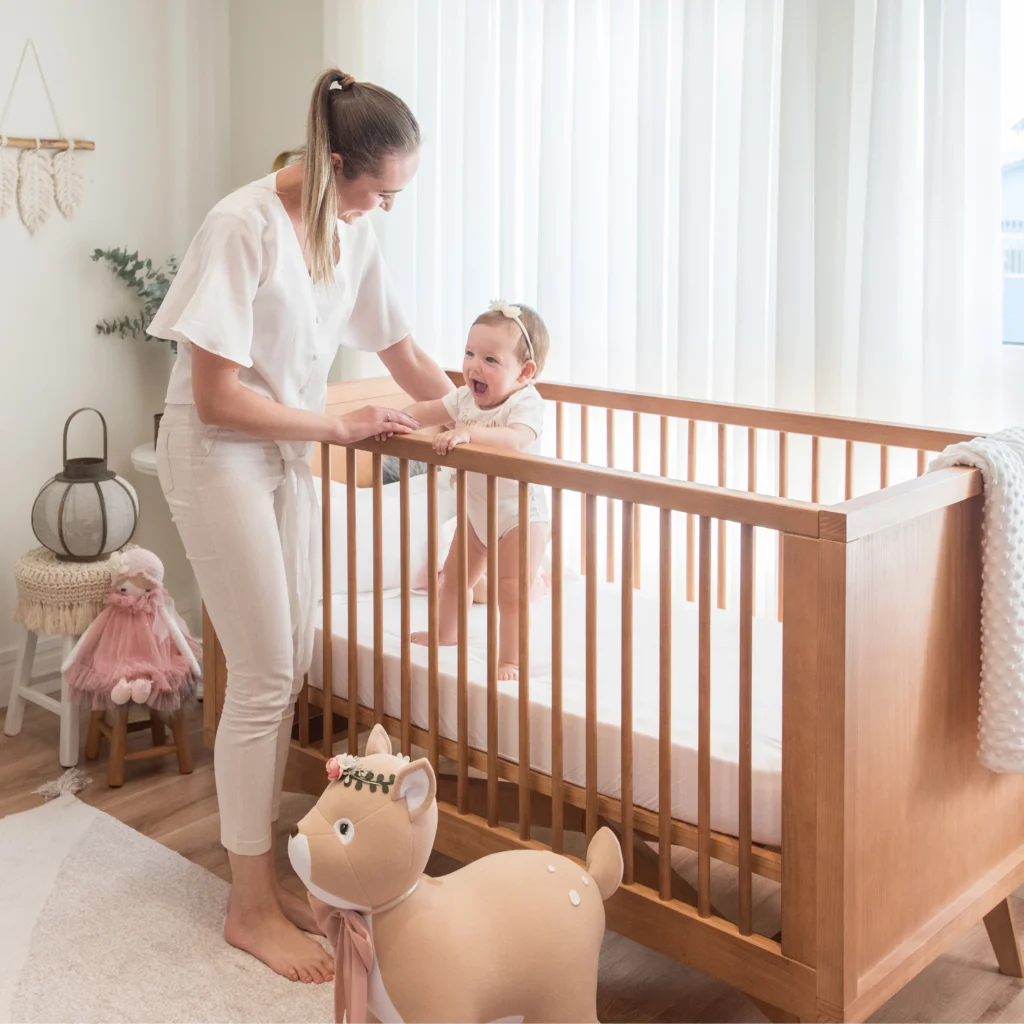
The fading method
This worked for us. Here’s how it goes:
- Night 1–3: Lie beside the crib or hold their hand through the bars
- Night 4–6: Sit nearby without touching
- Night 7–10: Move further away each night
This helps your baby feel secure without your full presence. By the second week, we were out of the room by lights out.
Pick-up-put-down
If your baby cries, pick them up and comfort—but only until calm. Then return them to the crib. Repeat as needed. This method is tiring but gentle, and it builds trust.
| Method | Best For | Challenge |
|---|---|---|
| Fading | Babies used to parental presence | Takes patience |
| Pick-up-put-down | Babies needing touch comfort | Can be exhausting |
| Chair method | Gradual parent withdrawal | Requires consistency |
Avoid making the crib feel like a punishment. Stay calm and responsive—even if it takes a few tries.
What if baby cries or resists the crib?
Expect some pushback—it’s a big change.
It’s normal for babies to cry when changing sleep environments. Stay calm, consistent, and offer reassurance without picking them up every time.

Offer comfort without starting over
If baby stands up or cries:
- Gently lay them back down
- Rub their back or pat softly
- Whisper soothing words
- Stay nearby, then gradually retreat
The goal is to teach them: the crib is safe, and you’re still there—even if not touching all night.
We had a few nights of 20–30 minutes of protest, but by night four, our son settled faster. It’s about being predictable, not perfect.
Avoid confusing habits
Try not to bring baby back into your bed every time they cry—this delays the learning process. Instead, offer consistent comfort in the crib.
How long does the crib transition take?
It depends on the child—but expect ups and downs.
Most babies adjust to crib sleep within 1–3 weeks, depending on their age, temperament, and how gradual the transition is.
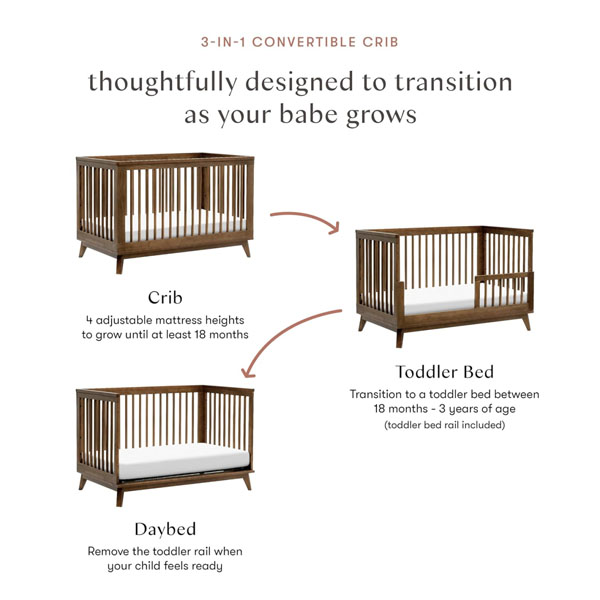
What to expect
| Timeline | What Might Happen |
|---|---|
| Days 1–3 | Crying, resistance, frequent wakeups |
| Days 4–7 | Easier to settle, quicker sleep onset |
| Week 2 | Baby begins falling asleep independently |
| Week 3+ | Baby sleeps longer stretches in the crib |
Celebrate small wins—like a successful nap or 3-hour crib stretch.
Stick to your plan. If things regress (teething, illness, travel), just return to your crib routine once things settle.
What tools help make crib sleep easier?
A few smart products can make all the difference.
Use white noise, a wearable blanket, and a familiar bedtime routine to help your baby feel secure in the crib.
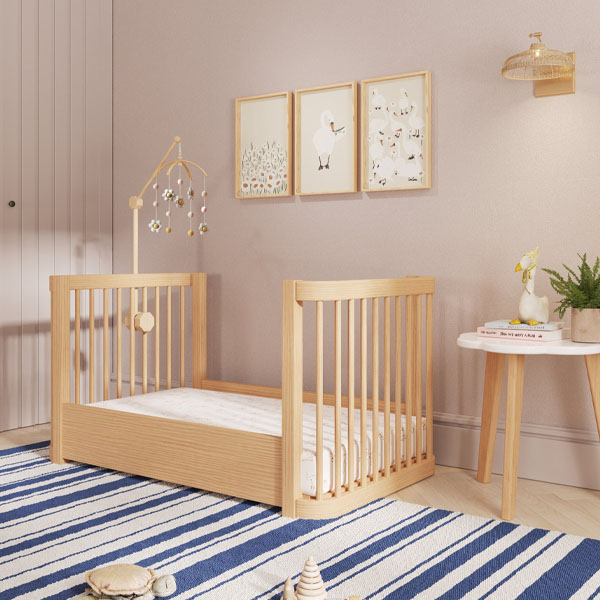
Must-haves for the transition
- White noise machine – blocks sudden noises
- Sleep sack – adds warmth and security
- Crib-safe pacifier – for self-soothing
- Nightlight – if your baby wakes easily in the dark
- Blackout curtains – signal sleep time even during naps
We found that white noise and a dim red nightlight helped our baby settle faster. Avoid toys or loose blankets in the crib—keep it simple and safe.
Conclusion
To get your baby to sleep in the crib after co-sleeping, move slowly, build routine, and stay calm. With time and patience, the crib will become their new safe sleep space.




